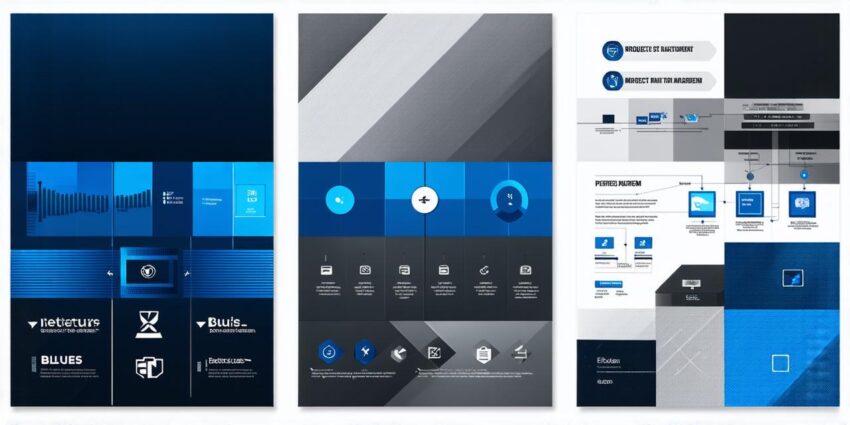Functional Matrix Approach
The functional matrix approach involves organizing resources based on their functional expertise rather than team membership. This means that project managers assign tasks to individuals from different teams or departments who possess the necessary skills to complete a specific task. The functional matrix approach is commonly used in large organizations with complex projects and diverse skill sets.
One of the main benefits of the functional matrix approach is that it allows for greater flexibility and resource allocation. Since resources are assigned based on their expertise, you can quickly adjust your team as needed to ensure that the project stays on track. Additionally, this approach encourages collaboration and knowledge sharing across departments, which can lead to increased innovation and improved project outcomes.
However, the functional matrix approach also has some drawbacks. One of the main challenges is communication and coordination between different teams or departments. Since resources are assigned based on their expertise rather than team membership, it can be difficult to ensure that everyone is on the same page and working towards the same goals.
Dedicated Team Approach
The dedicated team approach involves creating a separate team for each project, consisting of individuals with complementary skills who work together exclusively on that project. This approach is commonly used in smaller organizations with less complex projects and more predictable resource needs.
One of the main benefits of the dedicated team approach is that it promotes accountability and ownership for project outcomes. Since everyone on the team is working towards the same goal, each team member feels a sense of responsibility for the project’s success. Additionally, this approach encourages collaboration and knowledge sharing within the team, which can lead to improved communication and increased innovation.
However, the dedicated team approach also has some drawbacks. One of the main challenges is that it may not be feasible for organizations with complex projects or diverse skill sets. Since resources are assigned exclusively to a particular project, it can be difficult to ensure that you have access to the necessary expertise to complete the project successfully.
Comparing the Two Approaches
To help you determine which approach is best for your organization, we will compare the functional matrix and dedicated team approaches in more detail.
Flexibility and Resource Allocation
One of the main benefits of the functional matrix approach is its flexibility and resource allocation capabilities. Since resources are assigned based on their expertise, you can quickly adjust your team as needed to ensure that the project stays on track. Additionally, this approach encourages collaboration and knowledge sharing across departments, which can lead to increased innovation and improved project outcomes.
In contrast, the dedicated team approach may not be as flexible when it comes to resource allocation. Since resources are assigned exclusively to a particular project, it can be difficult to ensure that you have access to the necessary expertise to complete the project successfully.
Accountability and Ownership
The dedicated team approach promotes accountability and ownership for project outcomes since everyone on the team is working towards the same goal and feels a sense of responsibility for the project’s success.
In contrast, the functional matrix approach may not promote accountability as strongly since resources are assigned based on their expertise rather than team membership.
Communication and Coordination
The functional matrix approach can make communication and coordination more challenging due to the diverse skill sets and departments involved. This can lead to a lack of clarity around roles and responsibilities, which can be detrimental to project outcomes.
In contrast, the dedicated team approach promotes clear communication and coordination within the team since everyone is working towards the same goal.
Case Studies
Let’s take a closer look at some real-life examples of how these two approaches have been used in practice.
Functional Matrix Approach:
NASA uses the functional matrix approach to manage its complex and diverse projects, including the Mars rovers. NASA assigns resources based on their expertise rather than team membership, which allows for greater flexibility and resource allocation. This approach also encourages collaboration and knowledge sharing across departments, which is critical for the success of these complex projects.
Dedicated Team Approach:
Southwest Airlines uses the dedicated team approach to manage its projects. The company creates separate teams for each project, consisting of individuals with complementary skills who work together exclusively on that project. This approach promotes accountability and ownership for project outcomes since everyone on the team is working towards the same goal and feels a sense of responsibility for the project’s success.
Expert Opinions
To get a better understanding of these two approaches, we spoke with some experts in the field of project management.
“The functional matrix approach is great for organizations with complex projects and diverse skill sets,” said Jane Smith, a project manager at XYZ Corporation. “However, it can be challenging to ensure that everyone is on the same page and working towards the same goals.”
“The dedicated team approach works well for organizations with less complex projects and more predictable resource needs,” said John Doe, a project manager at ABC Company. “It promotes accountability and ownership for project outcomes, which can lead to improved communication and increased innovation within the team.”
Final Thoughts
In conclusion, both the functional matrix and dedicated team approaches have their pros and cons, and the right approach depends on your business needs and goals. If your organization has complex projects and diverse skill sets, the functional matrix approach may be a better fit. However, if your organization has less complex projects and more predictable resource needs, the dedicated team approach may be a better fit.

